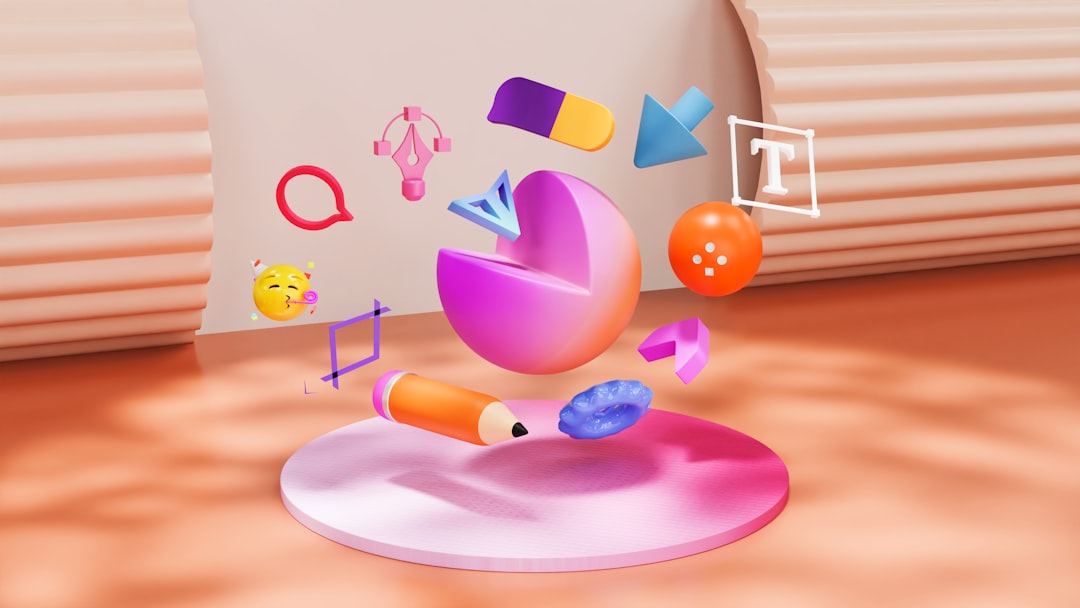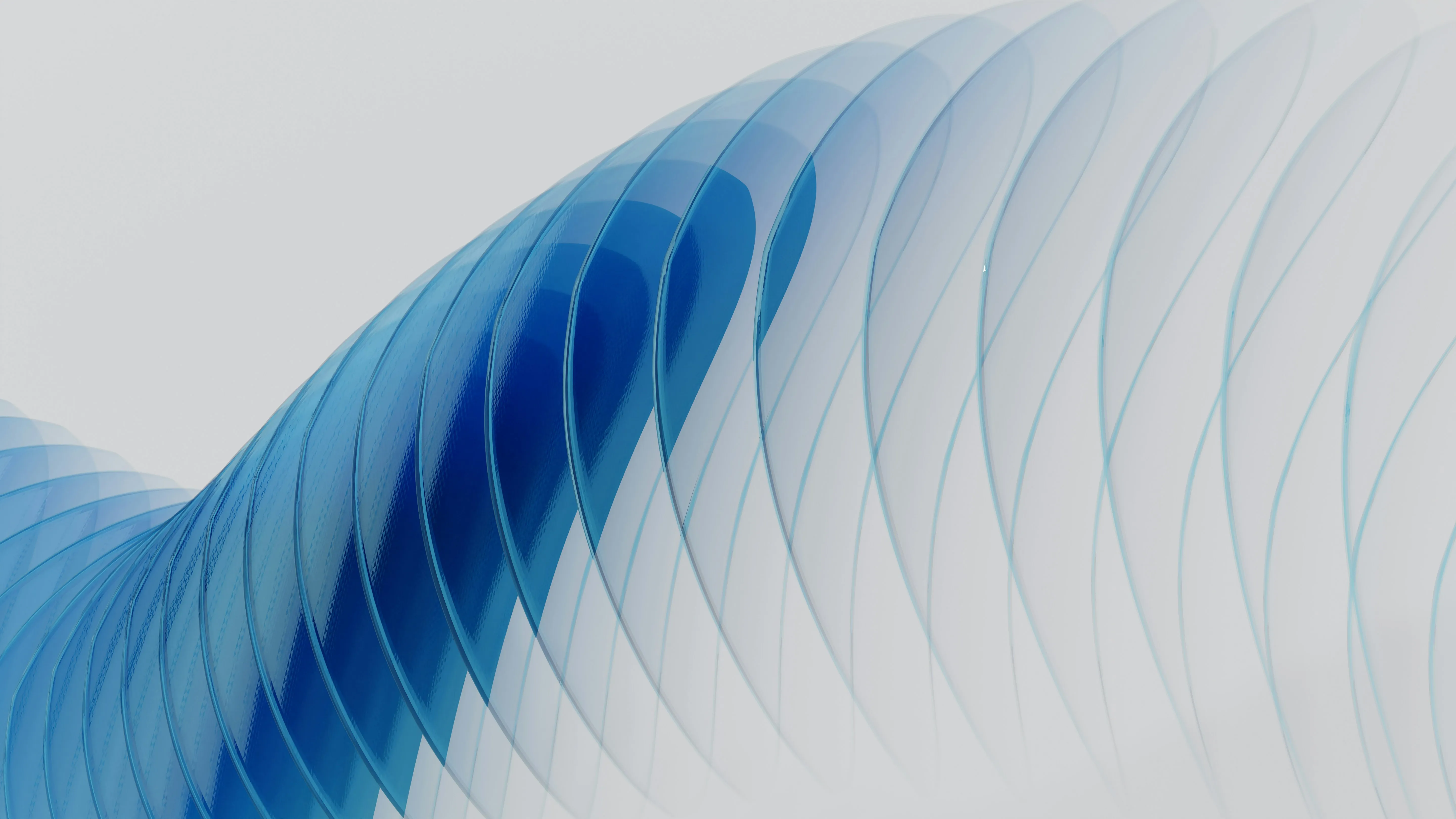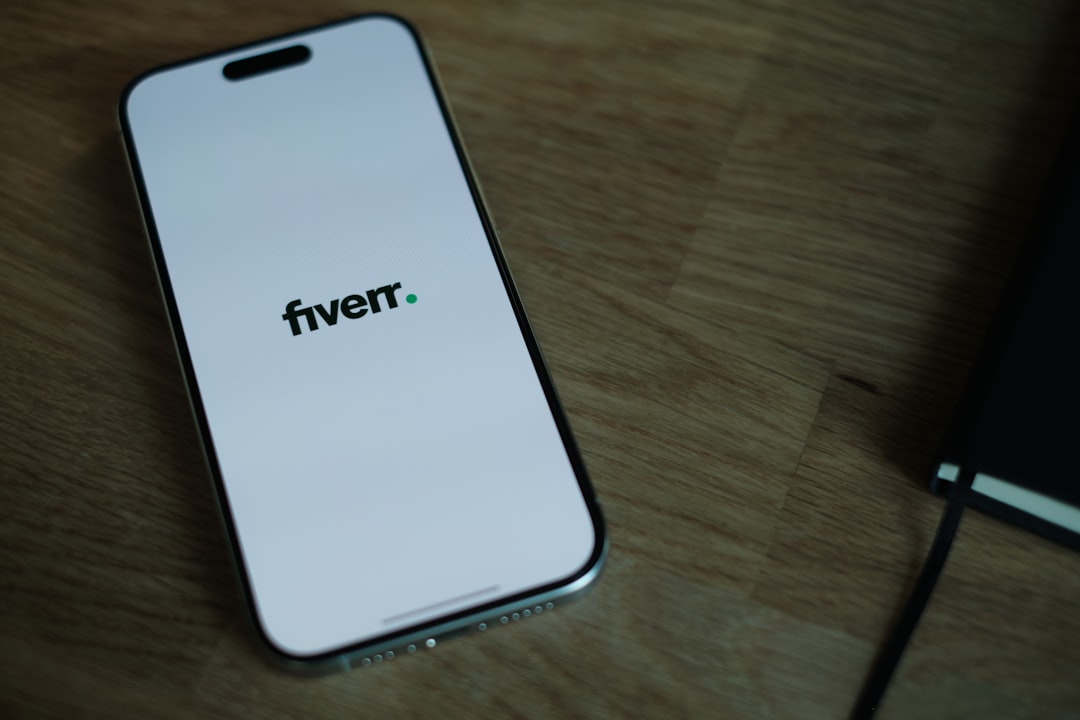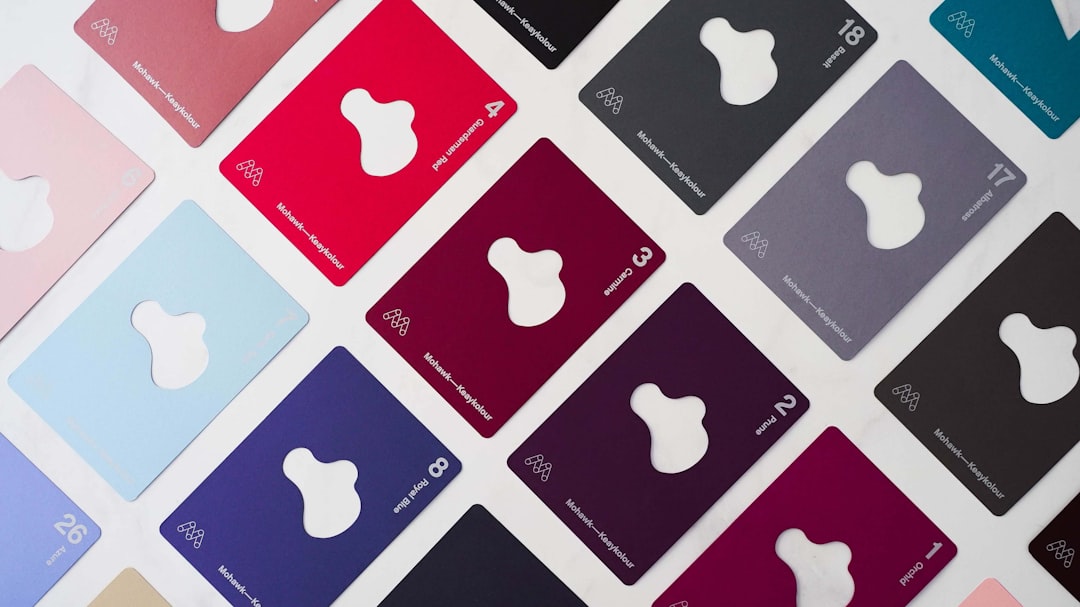10 graphic design trends you should care about in 2026
Discover the top 10 graphic design trends for 2026, be guided by the latest design inspiration and stay on trend with 2026 trends!

Introduction: Why graphic design trends matter
In the dynamic world of graphic design, we are always faced with the challenge of creating visually appealing and relevant designs. Trends not only shape aesthetic perception, but also the way messages are conveyed and how target groups react to them. It is crucial to address current trends, as they enable us to develop innovative ideas and stand out with our designs.
Graphic design trends reflect cultural, technological and social developments. They are an indicator of how visual communication is evolving and which styles are currently on the rise. By recognizing and using them, we can ensure that our work remains timely and effectively delivers what is intended. Trends help us to better understand the needs and expectations of target groups and to respond to them in a targeted manner.
The relevance of design trends is not limited to aesthetic aspects. They often set new technical standards or uncover opportunities that have arisen through innovative software, devices or techniques. Digitalization, for example, is influencing the way we consume information. This drives us to create interactive and immersive designs that are both functional and visually appealing.
However, when we study trends, we shouldn't just blindly follow them. Instead, it is important to translate them into our context in order to preserve authenticity and uniqueness. Trends are not fixed rules, but serve as tools to enrich creative processes.
Nostalgia reinterpreted: retro designs with a modern twist
Retro style is making an impressive comeback in our designs, but this time with innovative and contemporary elements that keep it relevant. The visual language of past decades continues to appeal, but we see it increasingly reworked to incorporate current aesthetics and technologies.
To do this, we often combine vintage color palettes — such as soft pastel shades or muted earthy tones from the 1970s — with modern color gradients and bold accents. The result is a contrasting look that is both familiar and fresh. Typography also plays a central role. While we stick to classic retro fonts such as serif fonts or hand-drawn variants, subtle adjustments, such as simplified lines or improved readability, make the difference.
An excellent example is the use of retro-style illustrations. We notice a strong trend towards 2D graphics, inspired by the minimalistic illustrations of the 50s or the playful comic styles of the 80s, but often supplemented by 3D effects or animations. Such links create a bridge between nostalgia and progress.
Layouts based on print designs from the mid-20th century are another notable approach. Grid structures, asymmetrical arrangements, and gritty textures reflect familiar designs, which we are now adapting with seamless digital elements and responsive features.
This mix of old and new not only appeals to different target groups, but also highlights the special ability to awaken emotions and revive memories, while still pursuing a timeless visual aesthetic. Designs in this style remain dynamic, relevant and distinctive.
Minimalism rethought: Less is more, but with depth
Minimalism in graphic design has undergone a remarkable evolution. While the basic premise of “less is more” remains, we are seeing minimalism increasingly combined with deep and contrasting elements in 2026. It is no longer just a matter of creating empty spaces, but of consciously filling them with meaning.
A key force behind this trend is the integration of three-dimensional effects and subtle textures. We are increasingly seeing minimalistic designs that play with shades, simulate light and depth, and thus convey a sense of reality. This creates a stronger emotional connection to the designs, even though they remain simple and reserved.
Which principles shape the new minimalism?
- Subtle details: A seemingly simple design is enriched with small but effective details, such as vertical line patterns or delicate color gradients.
- Simplification with character: Minimalist elements are individually designed. Abstract illustrations or unique typography add personality.
- Organic shapes: Instead of using strict geometric patterns, there is a movement towards soft, natural-looking shapes.
- Depth through shade: Shadows and light reflections add dimensions to flat designs and create a modernized, minimal look.
Why does depth remain important?
Depth doesn't just add visual appeal. It also serves to consciously steer the viewer and highlight important content. This Gestalt psychology principle strengthens user experience, particularly on digital platforms. User-oriented design remains essential — and minimalism with structural refinement has a clear advantage here.
As we can see, minimalism remains decisive — but let's rethink it in 2026, because restraint does not mean sacrifice, but targeted intensity.
Artificial intelligence in design: combining automation and creativity
The integration of artificial intelligence (AI) into the design process has fundamentally changed the field. We are seeing how AI no longer only acts as a tool to speed up tasks, but also as a creative partner. This development opens up exciting opportunities, but it also requires designers to rethink how they work.
Automation in the design processWith AI technologies, repetitive tasks such as creating layouts, color optimization or image processing can be automated. Tools such as Adobe Sensei or Canva Magic Design use machine learning to generate suggestions based on the designer's guidelines. This allows us to minimize time-consuming activities and concentrate on strategic and creative decisions.
AI as a creative partnerOne impressive aspect of AI is its ability to suggest new design ideas. Algorithms such as DALL-E or MidJourney create graphics based on text commands and thus provide us with an incredible variety of inspiration. Collaboration between humans and machines is increasingly merging and promoting experimental designs that might have been unthinkable before.
Challenges and ResponsibilityHowever, we should ensure that automation does not jeopardize our creative self-determination. Questions about copyright, originality and ethical aspects of using AI are becoming increasingly important. It is up to us how we use AI as a tool without losing our creative signature.
The combination of automation and human creativity enables a future in which we can make things more efficient, innovative and bolder.
3D designs and immersive visualizations
The development of graphic design trends in recent years shows a clear focus on the integration of 3D designs and immersive visualizations. We are living in an era in which realistic three-dimensional elements and immersive environments are increasingly being incorporated into marketing campaigns, user interfaces, and brand identities. These technologies make it possible to communicate messages in a fascinating and tangible way, which allows brands to stand out from the competition.
Why are 3D designs popular?3D designs offer amazing depth and level of detail that is incomparable to two-dimensional concepts. With cutting-edge software such as Blender or Cinema 4D, we can create hyper-realistic models and scenes that immerse the viewer deep into a visual world. In doing so, we not only increase attention, but also create a stronger emotional connection with the audience.
Practical applications of 3D visualizations:
- Marketing and advertising: Convincing product presentations with interactive 3D presentations create trust and promote purchasing decisions.
- App and web design: 3D elements in user interfaces increase usability and promote an innovative brand experience.
- Architecture and real estate: Immersive 3D tours offer potential buyers or tenants the opportunity to explore properties without being physically on site.
- Gaming and entertainment: Realistic worlds and characters offer an immersive gaming experience that is both engaging and inspiring.
The rise of VR and AR technologies is further strengthening the trend towards immersive visualizations. With the help of these technologies, we can create completely new dimensions of interaction. One example is the use of augmented reality to virtually project physical products into the user's space — for example, pieces of furniture directly in a living room at home.
We must note that the success of such technologies depends not only on visual quality, but also on how seamlessly they are integrated into the overall concept. The challenge is to balance functionality and aesthetics while telling a compelling story.
Dynamic typography: interactive and flexible typefaces
Dynamic typography is increasingly recognized as a powerful tool in graphic design. In a world that is changing ever faster, we are looking for creative ways to convey messages clearly, memorably and attractively. The integration of dynamic typography offers an exciting opportunity for this, as it combines functionality with creative freedom.
As the name suggests, dynamic typography adapts to different circumstances. This can be done through animation, interactive elements, or changes in font size, color, and structure. We experience fonts that move, change shape, or respond to input in real time. This not only creates a visual response, but also an emotional connection that we cannot achieve with static designs.
There are many innovative areas of application in which dynamic typography is already making a difference:
- Sites & apps: User interfaces that respond to interactions and show contextual adjustments.
- Marketing & advertising: Ads that attract attention through animated lettering and reinforce call-to-actions.
- Virtual and augmented reality: Typefaces that adapt to the physical environment and create immersive experiences.
To use this technology effectively, a certain balance is required. Too many changes can be confusing, while correctly placed animations increase focus. Accessibility is particularly important; texts must remain legible, regardless of their dynamics.
We believe dynamic typography is fundamentally changing the way we understand design. It brings movement and flexibility to our work and makes it possible to tell stories in a completely new way. We are excited to see how this trend will develop up to 2026.
Sustainability in focus: environmentally friendly design practices
Sustainability is at the heart of many creative decision-making processes today, and graphic design is no exception. As designers, we have a responsibility to minimize the environmental impact of our work while creating aesthetically appealing and functional designs. This trend, which will gain in importance by 2026 and beyond, requires a conscious engagement with resource-saving practices.
One key area where we can make more sustainable decisions is the choice of materials for printed products. The use of recycled paper, plant-based printing inks and biodegradable packaging materials is a crucial step to reduce environmental impact. We should also consider the option of reducing printed products and making greater use of digital formats instead.
We can also take sustainable approaches to digital graphic design. For that, we should:
- Select energy-efficient servers and cloud services to store data for digital projects.
- Prefer minimalistic designs that require less bandwidth and energy when charging.
- Make design decisions that extend the life of digital products, such as through flexible layouts that can adapt to future technologies.
Working with sustainable companies and suppliers can also be an important part of our design strategy. By integrating their values and products into our work, we can not only reduce our environmental impact, but also set an example for future-oriented action.
Integrating environmentally friendly design practices is not only an ethical goal, but also gives our projects an additional layer of depth and relevance. Sustainability in graphic design therefore represents an intelligent and necessary approach to drive positive change.
Gradients and vivid colors: Back to vibrancy
Gradients and vivid color palettes have become an indispensable part of visual design. In 2026, however, these design elements are not only decorative, but also tell stories and create emotions in a complex way. They enable us to create dimension and dynamism in our work, making designs lively and appealing.
The main reasons for the return of color gradients include innovations in technical presentation. More powerful screens and advanced printing technologies make it possible to display rich, brilliant colors that were difficult to implement in the past. This gives our designs a new level of depth of focus and fascinating visuality.
Why color gradients are so trendy:
- Dynamic accents: Color gradients bring movement to the design and draw attention specifically to important elements.
- Emotional impact: Colours arouse emotions, and their harmonious changeability in progressions creates depth and expressiveness.
- Modern aesthetics: The change from minimalistic, flat colors to vivid shades reflects the spirit of the times and an open-minded, creative worldview.
The way we use color gradients has evolved. Nowadays, we're experimenting with retro-inspired color palettes or futuristic combinations of neon colors and pastels. One interesting technique is to integrate imperfection into processes, for example through rough edges, to convey more authenticity and excitement.
To take designs to a new level, we often combine vibrant colors with other trends. Fluorescent tones, reminiscent of the aesthetics of the 80s or 90s, are combined with modern material design approaches. Thanks to these blends, we produce works that are both nostalgic and future-oriented. Such vibrant designs attract attention and give brands the opportunity to stand out from the crowd.
Augmented reality and virtual reality in graphic design
In the fast-paced world of graphic design, augmented reality (AR) and virtual reality (VR) are revolutionizing the way we create and perceive content. These technologies give us innovative opportunities to make designs more interactive, immersive, and memorable.
With AR, we integrate digital elements into the physical world, merging the line between reality and design. In marketing, for example, promotional materials can now offer interactive AR experiences — from animated packaging to virtual samples for products. Such applications increase brand loyalty and allow us to break new ground in creative design.
VR, on the other hand, allows us to create completely immersive worlds that captivate users right from the start. In event design and product design, we use VR to develop realistic simulations or virtual tours that arouse emotions and promote deeper engagement. VR technologies are already being used to visualize architectural projects or to integrate gamification elements into design projects.
Benefits of AR and VR in graphic design:
- interaction: We can replace passive consumption with active participation.
- creativity: New technologies enable us to overcome traditional design limits.
- Expanded audience reach: Integrating these tools makes content more accessible and exciting.
- Realistic visualizations: Products and ideas can be presented in more detail and in a more appealing way.
With the increasing availability of affordable devices and software, AR and VR will penetrate the mainstream of graphic design even more in the coming years. Technologies such as WebAR and VR-based interface design make it easier for us to create seamless and immersive experiences. It is now up to us to use these opportunities creatively and at the same time to explore the limits of technology anew.
Data visualization: complex information presented artistically
In an increasingly data-driven world, visual representations of information are becoming increasingly important. Data visualization has evolved from functional charts to an artistic form of expression that is both aesthetically appealing and informative. With the growing complexity of available data, it is more exciting than ever to make this content visually accessible and understandable.
We see minimalistic infographics giving way to a clean design that promotes interactivity and personalization. These developments not only provide users with insights into data, but also enable them to establish a deeper connection to the information presented. Cartographic visualizations, which stylize geodata and at the same time convey important narratives, are a good example of this.
- Creative tools: Advances in software such as Tableau, D3.js, or Power BI enable designers to transform data into dynamic and vivid works of art. Modern tools are able to integrate animations and responsive designs to optimize the user experience.
- Trend towards abstraction: Abstract visualizations increasingly rely on color palettes, shapes, and patterns to present complex data in an unconventional way. This makes data interpretation more interesting and involving.
- Combining functionality and appearance: The challenge lies in the balance between clear communication of information and experimental design — the data presented must not lose readability or precision.
“Data is the new gold, but without visual processing, it can easily be lost.” As designers, this approach guides us not only to inform but also to inspire with visualizations.
Successful use of data visualization therefore requires careful weighting between analytical precision and artistic expression. In this way, we translate numbers into visual stories that appeal to emotions and leave lasting impressions.
Conclusion: How to strategically implement these trends
In order to successfully and strategically implement the hot graphic design trends of 2026, we should take a structured approach that takes into account both creative thinking and well-founded planning.
Key implementation strategies:
- Analysis of current brand identity:We must first thoroughly evaluate the existing brand identity. Which values and messages does the brand represent? This helps to ensure that the new design trends are in line with the brand strategy.
- Competitive analysis:It makes sense to look at how competitors are already using the trends. In doing so, we can find out which approaches are effective and what opportunities there are to differentiate ourselves on the market.
- Stakeholder involvement:We should ensure that we involve all relevant stakeholders early on in the design process. Your perspectives help ensure that the end results are both creative and successful in business.
- Experiment step by step:Instead of implementing all trends immediately, we can test individual trends in pilot projects. This gives us the opportunity to evaluate their effectiveness and make adjustments if necessary.
- Technological tools:The use of appropriate tools and software is crucial. AI-supported design platforms can help us realize trends such as dynamic and interactive designs more efficiently.
Key Considerations:
- Prioritize by target group:Not every trend fits every target group. We need to analyse exactly which trends best address the needs and preferences of our specific target groups.
- Regular feedback:By setting up effective feedback loops, we obtain valuable information about how the new design language is received by customers or users.
“Strategy is at the heart of every implementation — it combines creativity and functionality. ”
By implementing these recommendations, we can not only follow the graphic design trends of 2026, but also use them specifically to create strong, innovative designs and sustainably strengthen our brand position.





